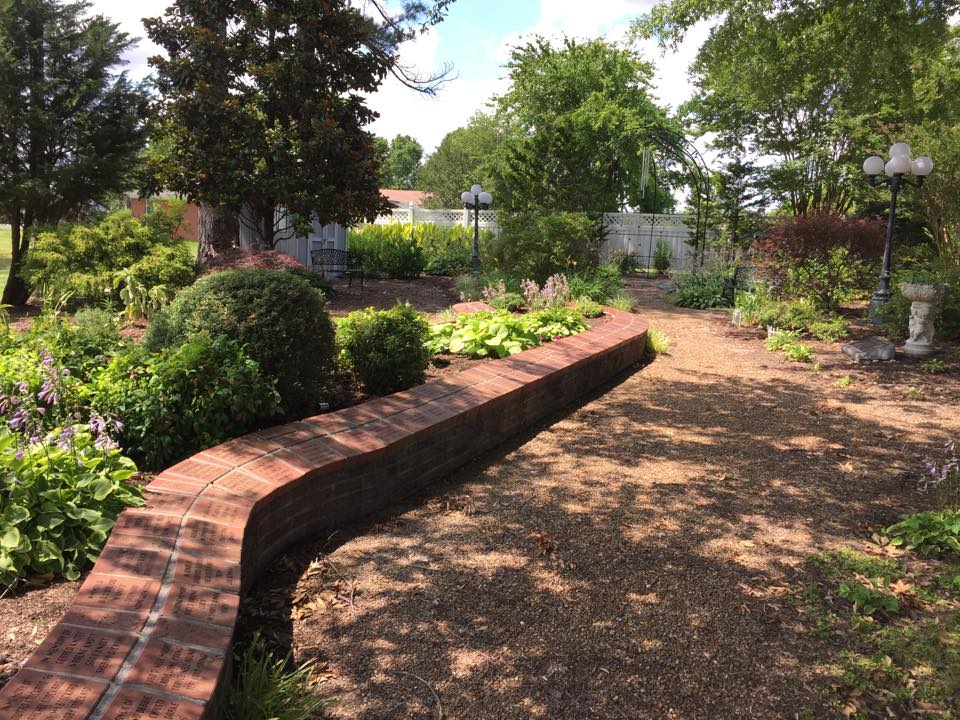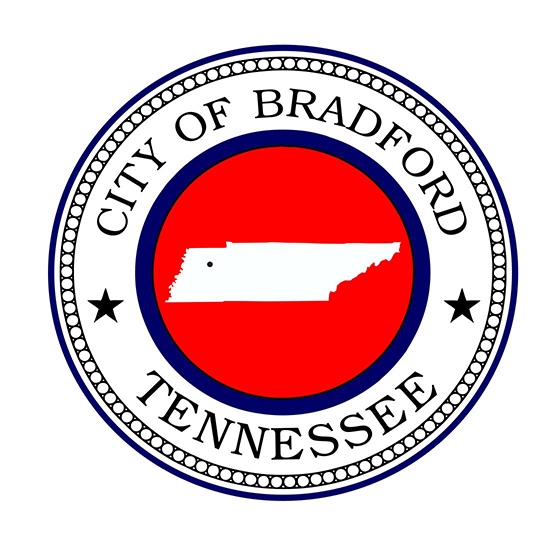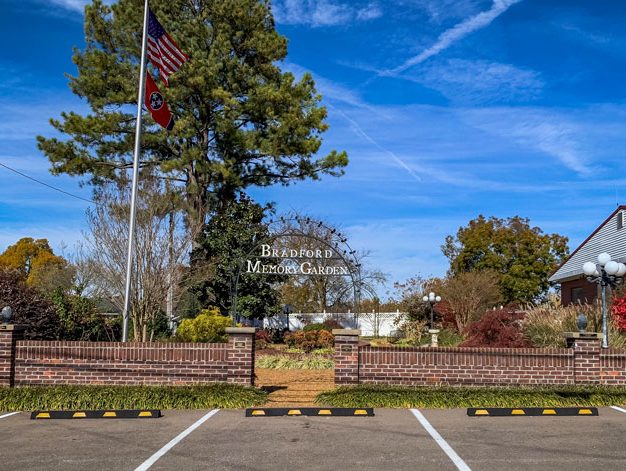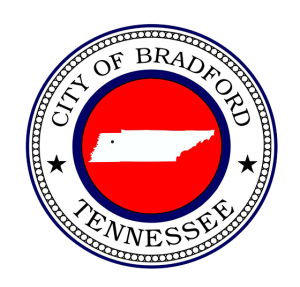
About Us
The History of Our City and Home
About Us
The History of Our City and Home
The City of Bradford was built upon land belonging Robert E. Bradford and partly upon land bequeathed to Vanderbilt University by W.D. Scott. Robert E. Bradford was of English descent. He settled in the Bradford area in 1855 with his wife Mary Baker and owned a house on what is now Main Street. The community in these early days was growing but not officially established as a township. In 1872, the Illinois Central Railroad built a railroad through the sprawling community. In that same year, the early settlers named the new settlement “Kimball” in honor of Mr. Kimball with the railroad company who showed strong support for the development of the community.
Kimball became the hub for surrounding communities to come buy necessities of the day. The new railroad brought settlers, merchants and more business. In 1874, the railroad company built a train station in the town known as the Kimball Station. Merchants established stores such as a grocery, sawmill, cotton gin, drug store, hotel, post office, physician, saloon and one year later a new school was instituted. Churches sprang up and had a strong influence in the evolvement of the town. By 1874, Kimball had become a “sure enough” town. The people of Kimball decided to change the name of the town to “Bradford” to show honor to one of the earlier settlers, Robert E. Bradford and because most of the town was built upon land owned by Bradford. Kendall Station then became the Bradford Depot.
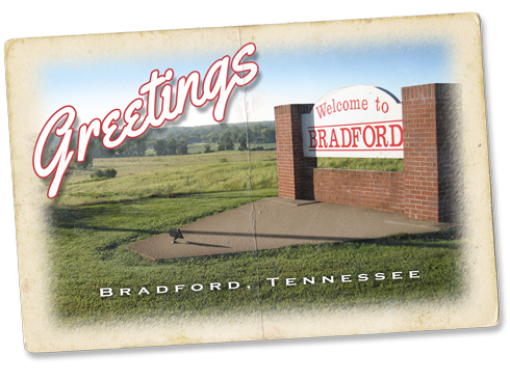
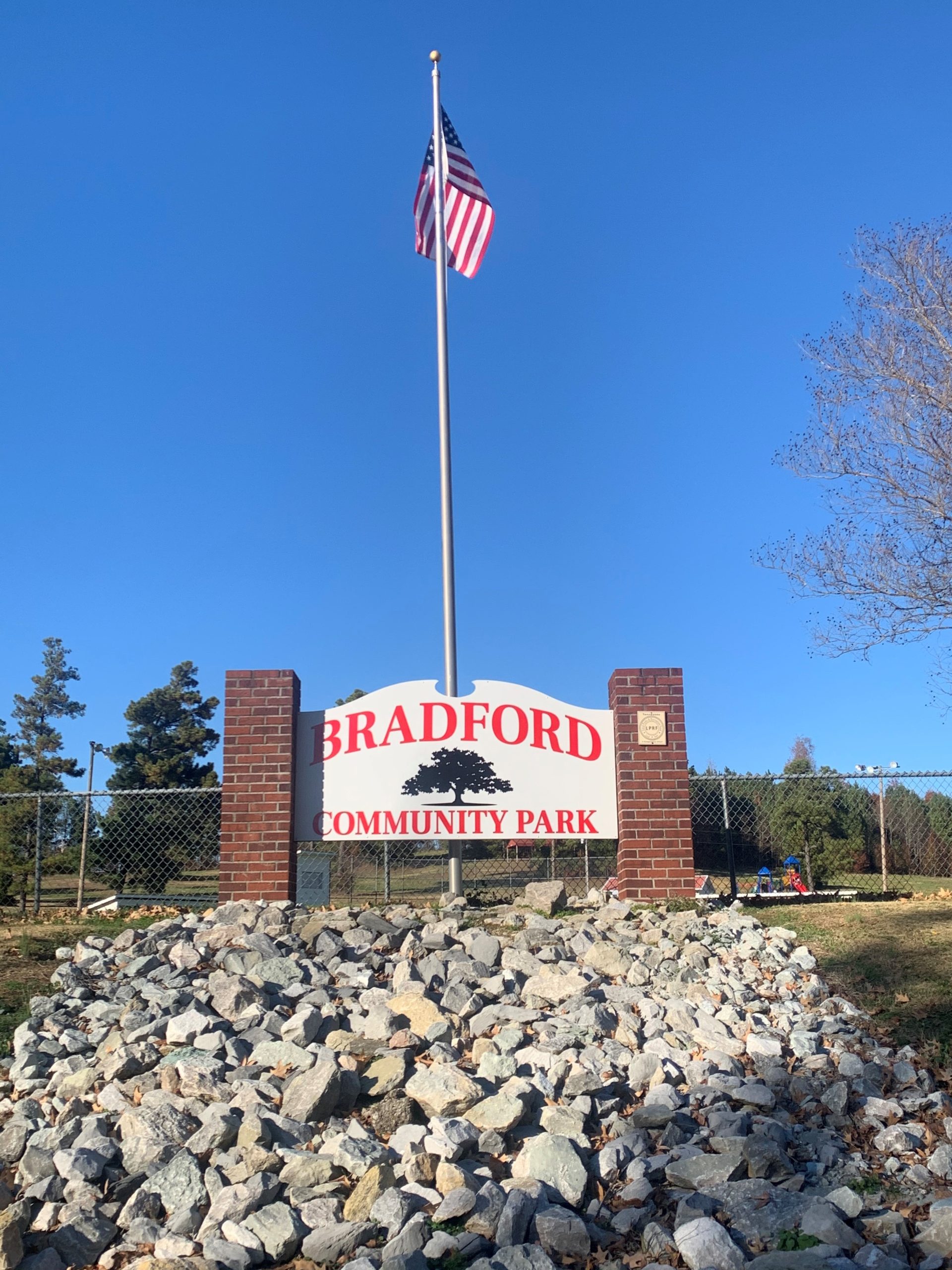

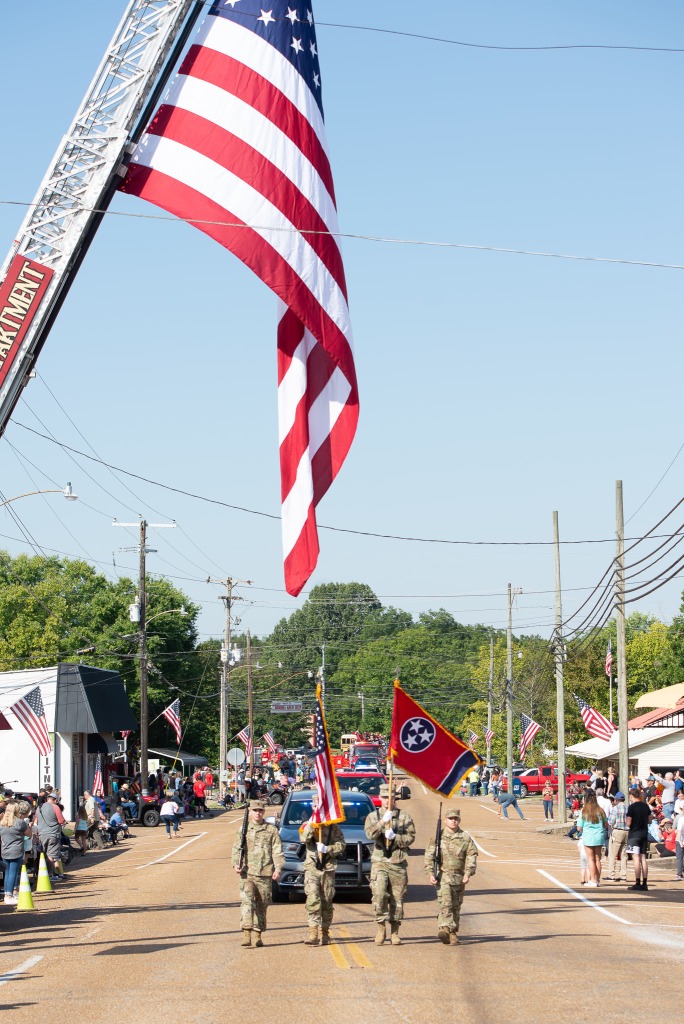
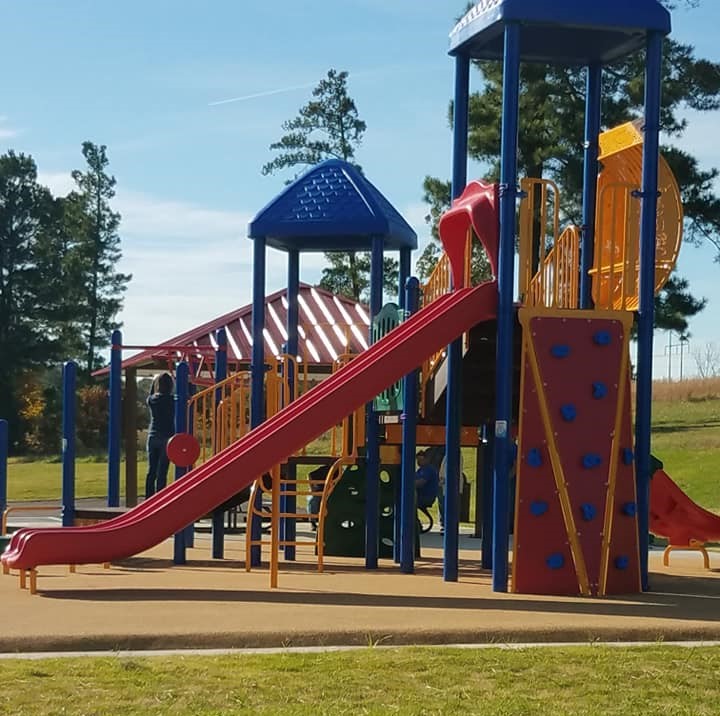
Bradford continued to grow and a new school was built on the site of the present Bradford Junior-Senior School complex. By 1903 the town now had a bank, more cotton ginners, a grain dealer, stock breeder, livery stable, undertaker, blacksmith and wagon maker, and more physicians. Agriculture and timber products, livestock, and poultry were being shipped from Bradford by railroad. As surrounding farmers prospered, so did the town.
The growth of the town took a devastating blow on August 18, 1909, when a fire broke out in a downtown grocery. The fire quickly spread to surrounding wood-framed businesses and the Methodist Church. Before it was contained, the fire had destroyed Bradford’s main block.
It wasn’t until April 2, 1913, that the town of Bradford was officially incorporated and the first official city council was established. New, large homes continued to be built in town and modern businesses such as service stations, garages and a theater appeared. After the state legislature passed an act in 1917 for Bradford to float a bond to provide lights and running water, an electric plant was built and quickly changed the prospering town. In the early 1900s, numerous businesses popped up, some for only a short time and others who structures exist today. By 1920, Bradford had about 600 inhabitants.
In 1928, the first main road was completed and ran through Bradford. The Burlingame Highway now provided another method of transportation along with the railroad. This highway was eventually straightened during the depression years and became what is the present-day Highway 45.
Bradford’s growth progressed but was fairly slow and improvement intermittent up until the 1950’s when modern improvements and new businesses helped to strengthen the economy. Examples include the local telephone company switching to dial service, the construction of a new waterworks plant, extending the city’s corporate limits, construction of a new city hall and fire station, and new factories moving in. By the late ’50s, the population had reached around 1,000. In the 1960s, Bradford saw expansion in the way of a modern medical facility and a large city park.
On February 27, 1967, Bradford experienced another blow to its economy. Almost as if a replay of 1909, a fire of undetermined origin swept through two downtown buildings destroying three businesses. Once again, Bradford would see a rebuilding of its downtown area. A new drug store would be one such business. There would also be change with many businesses in the city throughout the remainder of the decade.
A disaster of an even larger scale, perhaps in the history of Bradford, came once again to the quiet town but this time from the forces of nature. On April 2, 2006, an F3 tornado rips through Bradford and the surrounding countryside with devastating force. The path of the tornado wipes out nearly half of the city and demolishes surrounding homes west and east of the city. This time not only were buildings lost but lives as well. The community was stunned and grieving but once again, Bradford would rebuild.
Although area businesses have declined over the past two decades, Bradford has seen continued improvements and expansion in its school and facilities, governmental and public works operation, and new stores. It continues to be a quaint township of hard-working individuals who come together to provide support for its community and its well being.
The majority the context of this article was taken from the book “Bradford, Tennessee: Doodle Soup Capital of the World” by local historian Earnest R. Pounds. The book is an in-depth history of Bradford up to 2004.
Bradford
Memorial Garden
The Memorial Garden is located next to City Hall. The land was donated by Dr. & Mrs. T.K. Campbell in 2002. The garden is a unique place with sitting areas with an assortment of flowers, trees, and shrubbery. The garden has become a landmark over the years as a ‘Memorial’ and ‘In Memory of’ location, with bricks noting the lives of Bradford Citizens. The Garden Club maintains the garden throughout the year. The club is ‘volunteer only’ and welcomes who wish to join.
